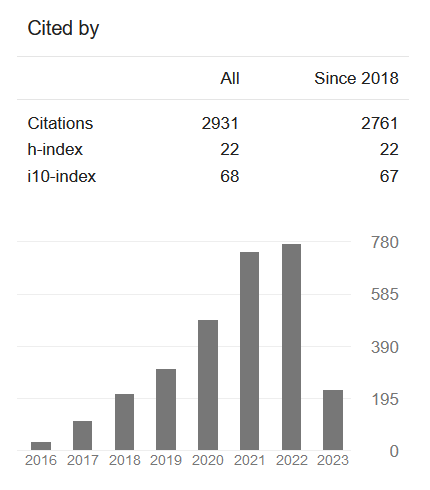Leaching of Trace Elements in Enugu Coal: Effect of Acid Concentration( Vol-2,Issue-10,October 2016 ) |
|
Author(s): Nwabueze H.O., Ezekannagha C.B., Chiaha P.N. , Okoani O.E. |
|
Keywords: |
|
|
Atomic Absorption Spectrophotometer, Coal, Leaching, Trace elements. |
|
Abstract: |
|
|
The effect of acid concentration on the trace elements composition of Enugu sub-bituminous coal from Onyeama Mine was investigated by leaching the coal using nitric acid (HNO3) of 0.5M, 1.0M, 1.5M and 2.0M concentrations. The amount of trace elements (in ppm) present in the filtrate from the leaching process were determined using Varian AA240 Atomic Absorption Spectrophotometer with cathode lamps of arsenic (As), cadmium (Cd), chromium (Cr), copper (Cu), and lead (Pb). Optimum leaching condition of the trace metals were obtained using 2.0M HNO3 solution for 1 hour and 75µm particle size which resulted in the detection of As(1.363ppm), Cu (1.413ppm), Cr (0.764ppm), Cd (0.146), and Pb (1.942ppm). 2.0M concentration of nitric acid has proven to be very effective in the leaching of trace metals in Enugu coal. Result of the SEM analysis shows that the porosity of the coal residue was increased and this provides strong evidence that significant amounts of inorganic elements were removed. Onyeama coal, therefore, contains large proportions of silica, calcium carbonate, and dolomite, as well as some elements such as aluminum, iron, and potassium, and other trace metals such as lead, chromium, cadmium, arsenic, mercury, copper. |
|
Cite This Article: |
|
| Show All (MLA | APA | Chicago | Harvard | IEEE | Bibtex) | |
Share: |
|

 DOI:
DOI: 



























